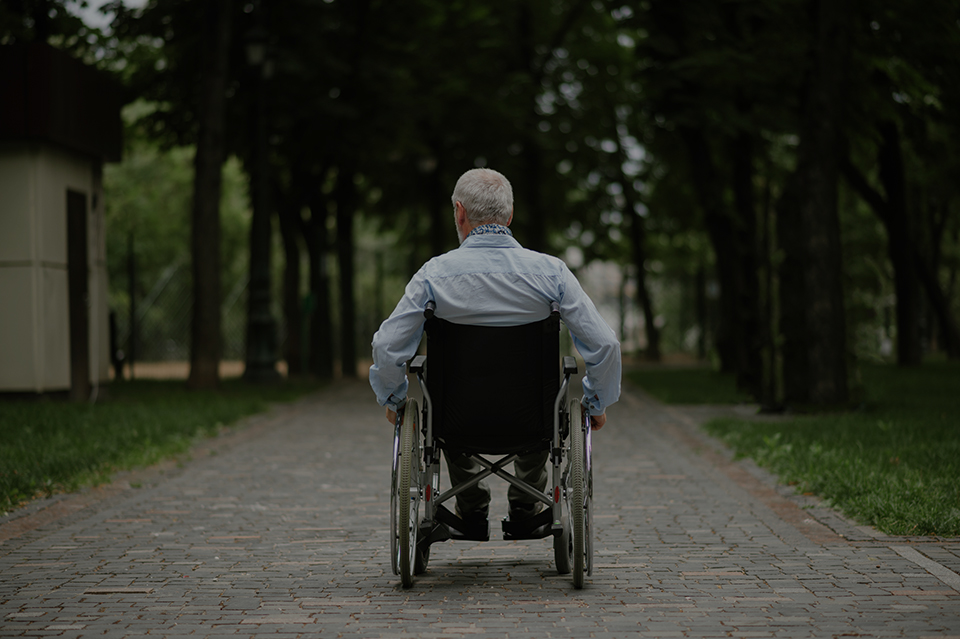1) Biocompatibility / Non-Toxicity
2) Formation of Stable Fibers
3) Guided Neuronal Growth
Re 1): The magnetic nanoparticles and other components that constitute the Fibermag formulation and the application of a magnetic field have been tested in cell culture with various neuronal cells as well as with rat dorsal root ganglion explants. No toxic or other negative effect on viability was observed. These experiments are currently repeated with human spinal progenitor cells.

Re 2): Fiber formation in vitro and in vivo is reliably achieved under conditions that generate long (> 1mm) fiberguides. After crosslinking of the magnetic particles into aligned chains and the removal of the temporary magnetic field, the formed fiberguides persist in their stabilizing hydrogel matrix, perfectly filling any irregular shape of the injury site and forming gapless connections with surrounding tissue.
Re 3): Magnetic nanoparticles, the resulting fiberguides, neuronal cells and regrowing axons and neurites are readily visible, with some axonal extensions growing over 0.5 mm and perfectly parallel to the magnetic fiberguides.
NeuroPair’s plans:
Our next step is to replicate our successful in vitro and early in vivo results on scaffold formation and neuronal guidance in two animal models to demonstrate safety and efficacy.
With our collaborator Dr. Eve Tsai at The Ottawa Hospital Research Institute, we also have the ability to work with ‘live’ human spinal cord explants, obtained from organ donors. Doing so is a rare opportunity that allows us to optimize our current injectable formulation, protocol and appropriate injury type for the most effective amount of functional regeneration in actual human tissue, before entering clinical trials.
This approach can identify, at an early stage, unexpected problems and opportunities that may occur in human tissue but not in animal models, and thereby potentially greatly reduce the time and expenses required for regulatory approval. Our team members and neurosurgeon, medical device and regulatory advisors have decades of experience in planning preclinical and clinical experiments, defining study goals and successful outcome criteria, and navigating the path to eventual approval in human patients.
We look to academic, military, and other medical facilities that conduct clinical research related to spinal cord injury (SCI) repair as early access partners to help us demonstrate clinical safety and effectiveness of the technology. We also look forward to working with researchers studying complementary or potentially competing approaches which may benefit from a utilization of the favorable environment that Fibermag can provide for their procedures.
One example is our collaboration with Dr. Ann Parr of the University of Minnesota, a leading expert in the use of stem cells (spinal neural progenitor cells) to regenerate a functional spinal cord. Our strategy of combining cell transplantation with an injectable scaffold is novel, spinal neural progenitor cells have high survival rates in scaffolds, and injections of these cells after SCI have shown a clear advantage over non-autologous stem cells in animal models.
We engage with foundations and advocacy groups that reach SCI patients directly through articles, newsletters, and events. These networks have high impact and can be remarkably effective in bringing new approaches and stakeholders together to generate and accelerate positive outcomes for patients.